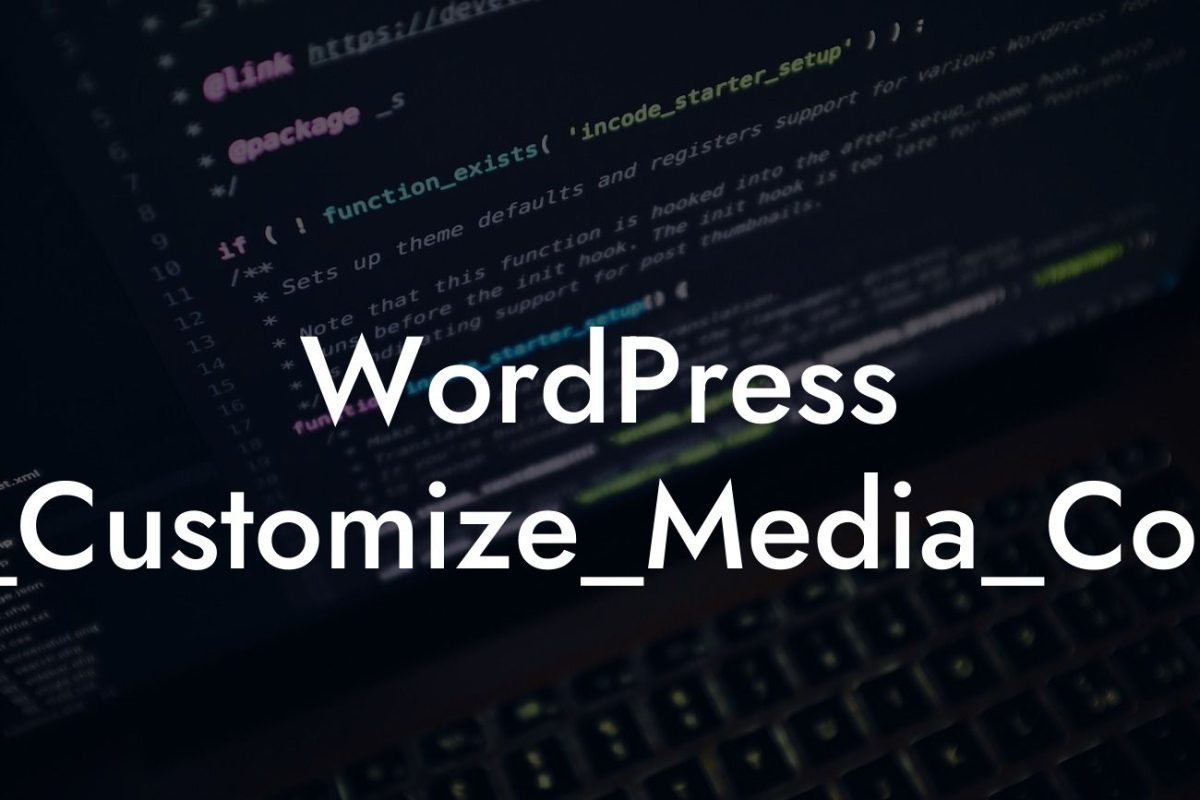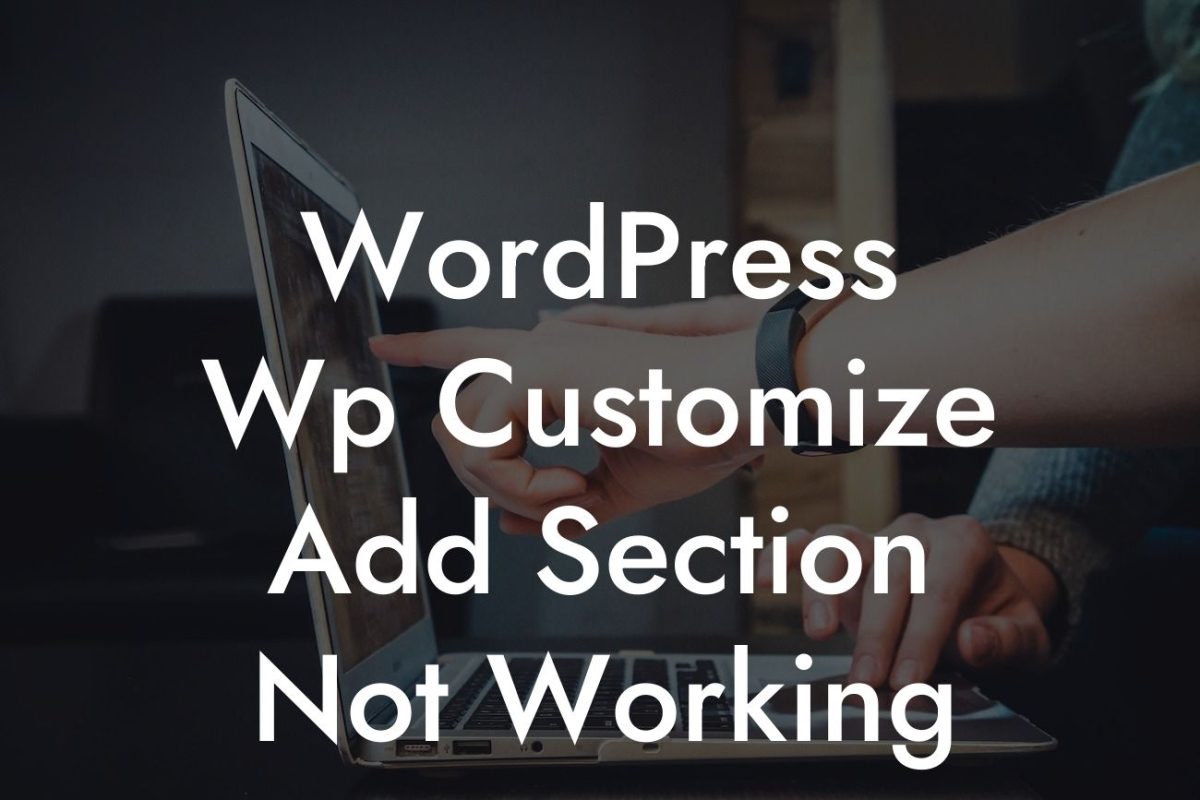Does your WordPress website use HTTP for your media files? Well, it's time to level up and make the switch to HTTPS. In this detailed guide, we will show you how to change your WordPress media to HTTPS. By implementing this change, you can enhance your website's security, improve search engine rankings, and provide a better user experience. Follow along as we guide you through the process step by step, ensuring that your online presence is elevated to new heights.
Engaging with HTTPS has become the new standard for website owners, and for good reason. Let's dive into the detailed content to understand why you should make the switch and how to do it effectively.
H2: The Benefits of Using HTTPS for Media Files
Bullet List:
- Enhanced Security: HTTPS adds a layer of encryption, safeguarding your media files from unauthorized access and potential data breaches.
Looking For a Custom QuickBook Integration?
- Improved SEO: Search engines favor secure websites, and by using HTTPS, you can potentially boost your search engine rankings.
- User Trust: HTTPS reassures your visitors that their information is secure, building trust and credibility for your brand.
- Compatibility: In today's digital landscape, more and more websites are transitioning to HTTPS, ensuring compatibility and smooth user experiences.
H2: Step-by-Step Guide to Changing WordPress Media to HTTPS
Ordered List:
1. Obtain an SSL Certificate: Before you can switch to HTTPS, you need to obtain an SSL certificate. There are various options available, including free and paid certificates. Select the one that suits your needs and budget.
2. Backup Your Website: It's crucial to create a backup of your WordPress website before making any significant changes. This ensures that you have a copy of your data in case anything goes wrong during the transition.
3. Install and Activate a WordPress SSL Plugin: To make the process easier, we recommend using a WordPress SSL plugin. Install and activate the plugin, and follow the plugin's instructions to configure the SSL settings.
4. Change Site URL and Home URL: Navigate to the WordPress dashboard, go to Settings > General, and update the URLs to include HTTPS instead of HTTP. Make sure to save the changes.
5. Update Internal Links: Use a plugin or search and replace tool to update the internal links within your WordPress content. This ensures that all links are correctly pointing to the HTTPS version of your media files.
6. Update External Links: If you have external links pointing to your media files, reach out to the respective websites and request them to update the URLs to HTTPS. Alternatively, you can use a plugin to automatically redirect HTTP requests to HTTPS.
7. Test and Verify: Once you've made the necessary changes, thoroughly test your website to ensure everything is working correctly. Check for any mixed content issues and resolve them promptly.
8. Monitor and Update: Regularly monitor your website to ensure that all your media files are loaded securely over HTTPS. Update any remaining HTTP links you come across.
Change Wordpress Media To Https Example:
Imagine you own a small business that sells handmade products online. You're using WordPress to manage your website, and you have various product images showcased on your online store. By switching your WordPress media to HTTPS, you can provide an extra layer of security for your customers' personal information when they make purchases. This not only helps build trust but also positively impacts your search engine rankings, leading to increased visibility and potential sales.
Congratulations! You've successfully changed your WordPress media to HTTPS, taking a significant step towards enhancing your online presence. Now that you understand the benefits and have implemented this crucial change, explore other insightful guides on DamnWoo to further optimize your website. Don't forget to try one of our awesome plugins to unlock even more possibilities. If you found this article helpful, share it with others and spread the knowledge. Together, let's embrace the extraordinary and supercharge your online success.













